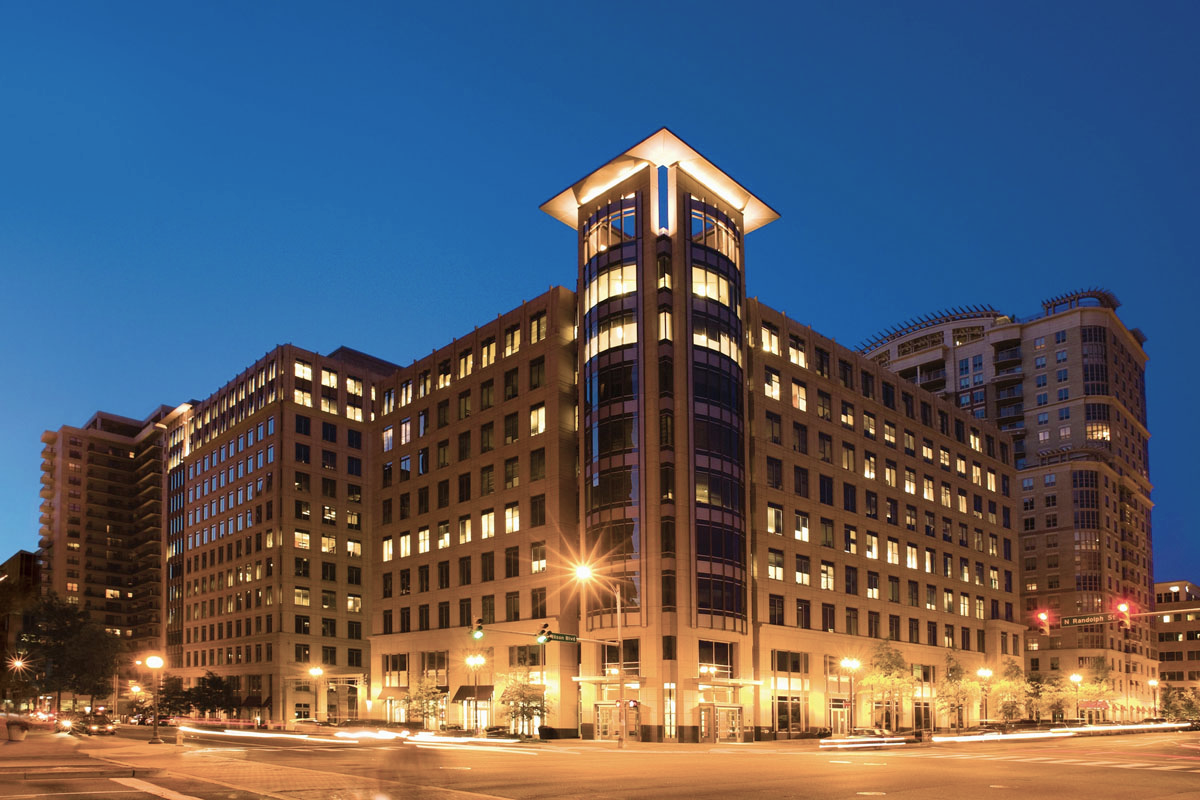Precast concrete is an excellent choice for construction projects since it is robust, long-lasting, and inexpensive to install and maintain. While it’s been used for some time, there are many things about precast concrete which most people aren’t aware of. Here are some of the most frequently asked questions about precast concrete.
1. Does Precast Concrete Qualify as a Green Building Material?
Precast concrete qualifies as a green building material in many ways. First off, it can be remarkably durable due to the low water-cement ratios (between 0.36 and 0.38). Concrete’s thermal mass enables a structure’s peak heating and cooling demands to be shifted, lowering the need for mechanical systems.
Because precast concrete is manufactured in a factory, there is less waste produced there (most facilities use exact-batching technology) and on the job site, reducing concerns about air quality. Precast concrete members’ load-bearing capacity, optimized cross sections, and extensive spans eliminate redundant members. It also makes use of recycled materials.
2. How is Precast Concrete Manufactured?
Precast concrete is produced at a factory, where a specialized batch plant creates concrete specially formulated for precast concrete products such as structural double tees, columns, and beams, among others. Local precast producers often supply cement and other ingredients, while aggregates typically come from nearby quarries.
The concrete mix is poured into a form, surrounded by reinforcement and prestressing strands to give the resulting precast concrete component a load-resisting camber. Once cured, the precast concrete product is retrieved from the form and transported to the precast manufacturer’s yard for finishing and storage.
3. What Makes Precast Concrete Durable?
Sand, gravel, and cement are concrete’s three main mineral-based components. When combined with water, the cement undergoes a chemical reaction, forming a crystalline matrix with high compressive strength. This matrix bonds sand and gravel to form concrete.
If there are unhydrated cement particles present in water, concrete tends to get stronger, which is not the case with other building materials that are susceptible to rust, rot, or deterioration when exposed to moisture.
4. Does Precast Concrete Incorporate Recycled Materials?
When certain common industrial by-products are added, one can improve the performance of precast concrete. You can also incorporate materials such as silica fume, slag, and fly ash, which often ends up in landfills, into concrete. Courtesy of these products, the exact amount of cement one requires in a concrete mix is significantly reduced.
Recycled steel is frequently used for reinforcement (steel is one of the most recyclable building materials). Recycled materials are also used in the precast concrete’s connections and insulation.
5. How Much Cement is Used in Precast Concrete?
Typically, 10% to 12% of the volume in a concrete mix is cement. The aggregates and other components of the concrete are joined together by a chemical reaction between cement and water. It is estimated that the combustion of fossil fuels and process-related emissions from cement manufacturers account for 1% to 2% of worldwide carbon dioxide emissions.
By substituting supplementary cementitious materials for cement, precast concrete can use up to 60% less cement. The criteria for the mixture design, the goods and procedures used by certain precast producers and facilities, and local material availability, have an impact on how much cement may be substituted.
6. What Makes Precast Concrete Unique from Other Types of Concrete?
Precast concrete is unique for several reasons: it is produced in a factory by highly skilled personnel who adhere to stringent quality-control standards. In the factory environment, precast producers achieve temperature and moisture consistency, as well as low water-cement ratios, which are not achievable with concrete fabricated in the field. With precast concrete, you could attain strengths of 5000 psi to 7000 psi.
7. Can Precast Concrete Elements be Reused?
Precast concrete components are unique in that they can be disassembled whenever desired. This makes it easy for designers to plan future additions to a structure. Precast concrete components can be reused in different applications.
Precast concrete requires a minimum amount of energy to come apart, and even then it still maintains its original properties. This makes it great for downcycling, the process of breaking down construction materials. One example of downcycling is using crushed precast concrete as aggregate in fresh concrete or as the base material for concrete slabs, sidewalks, or new roads.
8. Is Precast Concrete Energy Efficient?
Precast concrete’s thermal mass slowly absorbs and releases heat, redistributing air conditioning and heating loads to enable more compact and efficient HVAC (heating, ventilation, and air conditioning) systems. To improve thermal efficiency, insulation is often used in sandwich wall panels and architectural panels. When you use precast concrete, you can expect savings on heating and cooling costs, sometimes by up to 25%.
Precast concrete is a great construction material that offers a range of benefits. To enjoy these advantages, you need a knowledgeable and reliable precast concrete partner. You need a team of professionals who will work tirelessly with you to bring your project to life by supporting you at every stage of the process, including design, construction, and installation.

